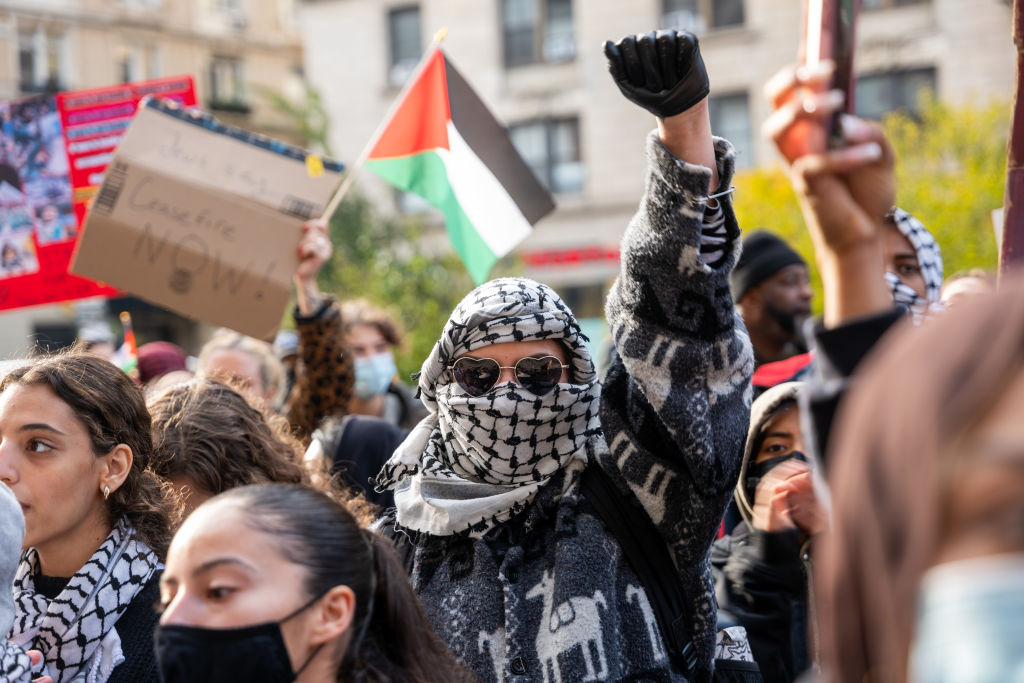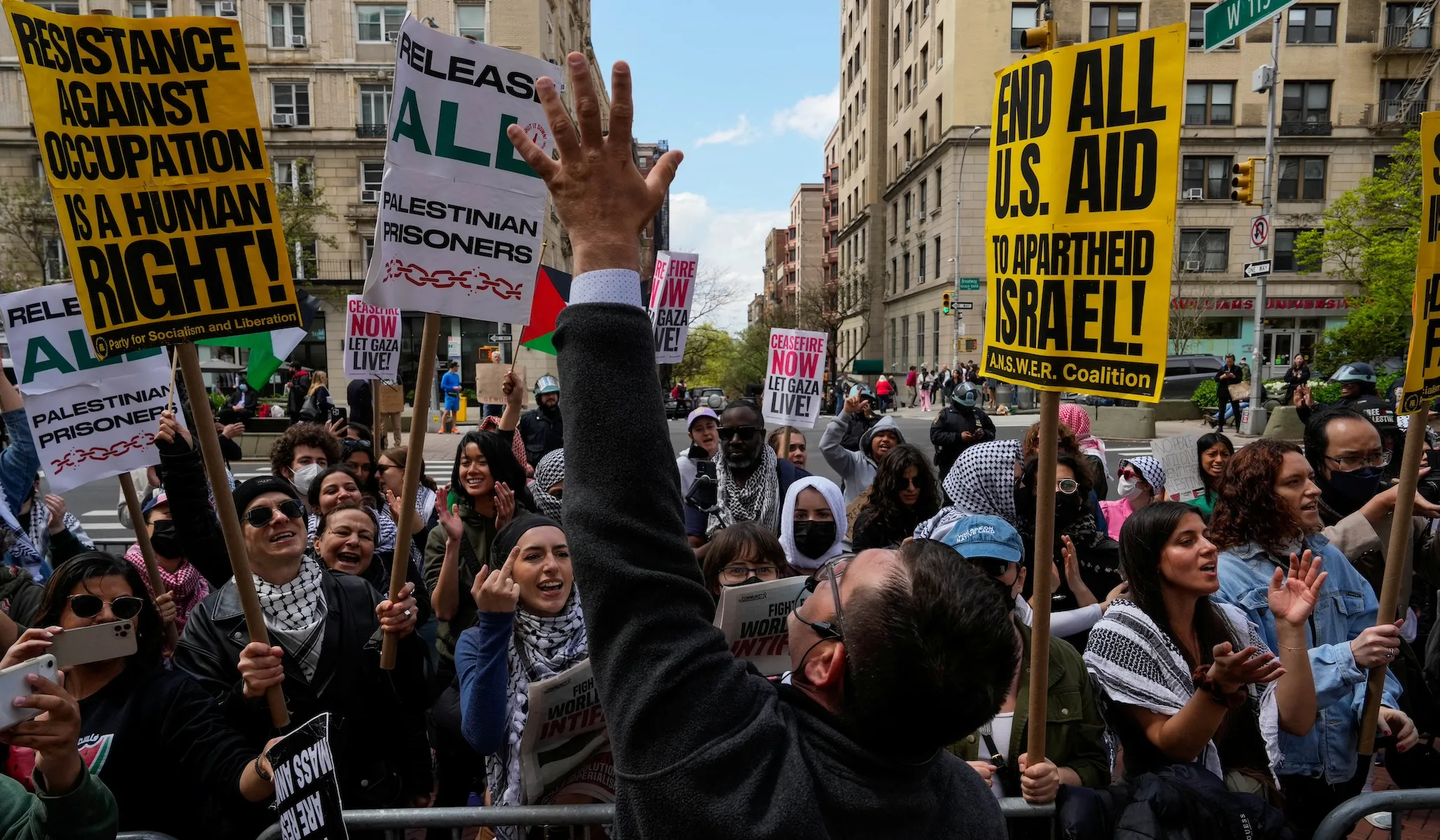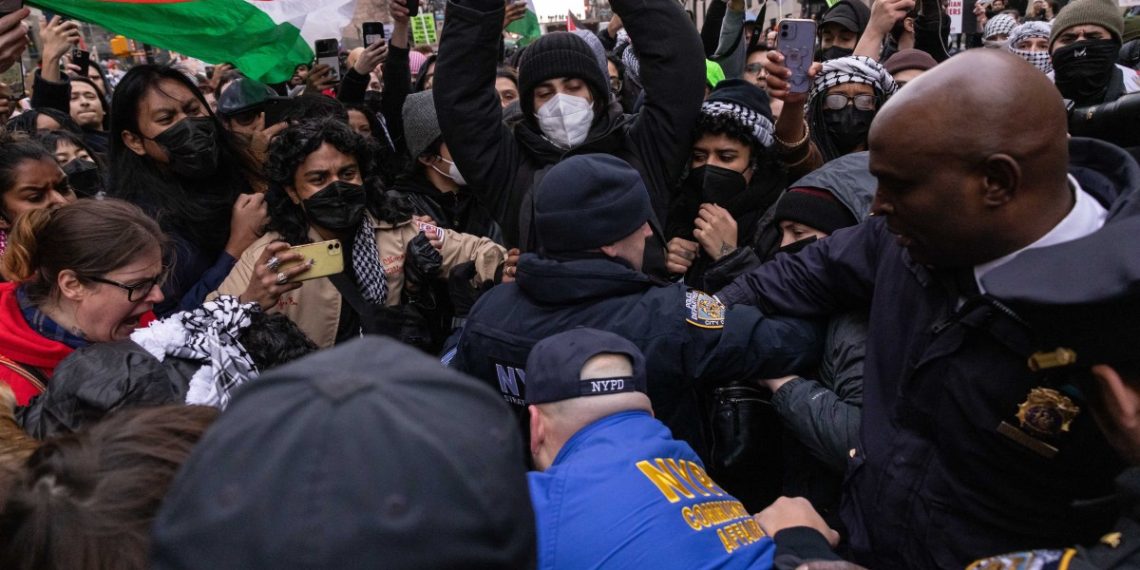The recent pro-Palestinian protest at Columbia University drew inspiration from history, particularly the activism of 1968 against the Vietnam War.
Led by history professor Frank Guridy, discussions on parallels between past and present protests occurred during a teach-in called “1968: Continuing the Fight”. Amidst free food and teachings, students reflected on strategies gleaned from past social justice movements.

Students, including Bo Tang, engaged in research to understand protest tactics and garner support, interviewing alumni involved in the 1968 protests.
The encampment, initially set up without school permission, aimed to push for divestment from companies supporting Israel’s government and military.
Despite criticism from some quarters, including Israeli Prime Minister Benjamin Netanyahu, the encampment attracted diverse activities, including prayer ceremonies, lectures, and performances.
The encampment, rebuilt after initial arrests, symbolized defiance against perceived injustices. President Minouche Shafik’s decision to involve police sparked controversy, leading to further negotiations between the administration and protesters.
Shafik emphasized the need to maintain order on campus but faced opposition from faculty and students.

Drawing from history, protesters deliberately chose a designated protest area, aiming to avoid disrupting classes while making a statement.
Maryam Alwan, one of the suspended students, highlighted the significance of the “Liberated Zone” sign, which is reminiscent of past protests.
Professor Guridy stressed the educational aspect, emphasizing that his class was not a “boot camp for revolution” but a study of history. Students like Tang remained committed to academic excellence amidst activism.





